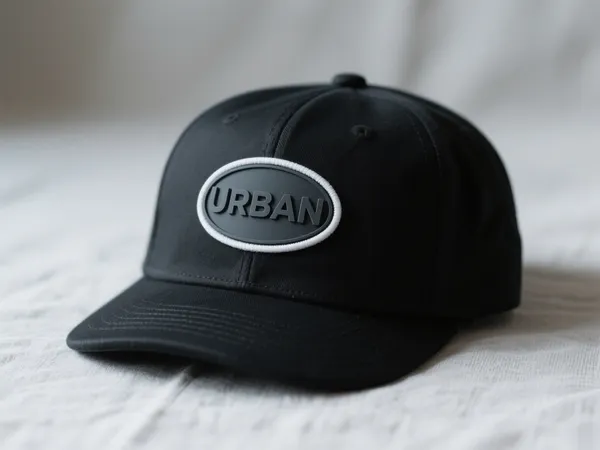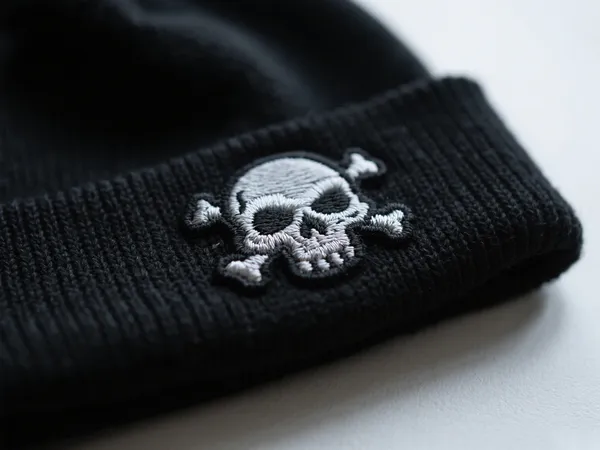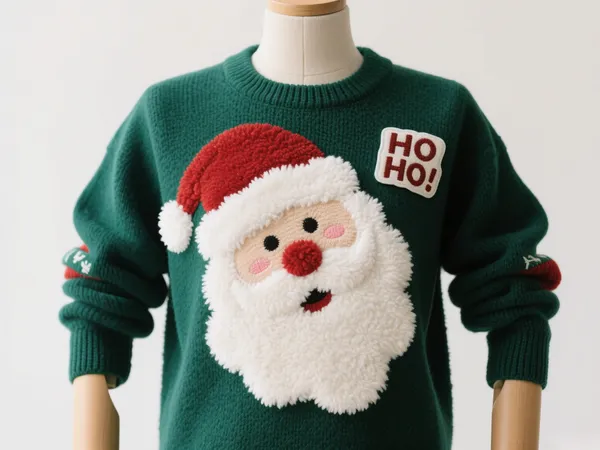군용 패치는 군복에 꿰매 붙이는 단순한 장식용 조각이 아닙니다. 명예, 봉사, 그리고 정체성의 상징입니다. 전장에서 민간 소장품에 이르기까지, military patches 의무, 부대의 자부심, 그리고 전술적 목적에 대한 이야기를 전달하는 강력한 상징으로 발전해 왔습니다. 이 블로그에서는 이 패치들의 풍부한 유산, 오늘날의 사용 방식, 그리고 의미 있는 방식으로 패치를 맞춤 제작하거나 수집하는 방법을 살펴보겠습니다.
군용 패치의 역사
의 기원 military patches 제1차 세계 대전 당시 병사들은 소속된 사단이나 부대를 나타내는 휘장을 착용하기 시작했습니다. 제2차 세계 대전 무렵에는 군복의 표준으로 자리 잡았고, 각 휘장은 특정 병과, 대대 또는 임무를 나타내도록 세심하게 디자인되었습니다. 시간이 흐르면서 휘장은 작전, 배치 또는 업적을 기념하는 의미로 확장되었고, 전 세계 군사 전통의 일부가 되었습니다.
오늘날에도 패치는 미 육군, 해군, 공군, 해병대를 포함한 전 세계 군대에서 여전히 규제되고 착용되고 있습니다. 패치는 단순히 식별 수단일 뿐만 아니라 사기를 북돋아 주고 군사 유산을 보존하는 수단이기도 합니다.

군용 패치의 종류
현대의 military patches 여러 범주로 나뉘며, 각 범주에는 고유한 목적과 위치가 있습니다. 이러한 유형을 이해하면 현역 군인, 참전 용사, 수집가 등 누구든 그 중요성을 이해하는 데 도움이 될 수 있습니다.
1. 유닛 및 디비전 패치
이 패치는 병사가 소속된 군부대, 여단 또는 사단을 나타냅니다. 일반적으로 어깨에 착용하며, 군 내 소속을 구분하는 데 도움이 됩니다.
2. 맞춤형 군용 패치
많은 군인들이 맞춤형 군용 패치 배치를 표시하거나, 임무를 기념하거나, 비공식적인 분대를 상징하는 데 사용됩니다. 이러한 디자인에는 종종 내부적인 농담, 지역적 배경, 또는 관계자만이 진정으로 이해하는 상징적 이미지가 포함됩니다.
3. 랭크 및 자격 패치
이 패치는 공수부대, 레인저, 의무병 배지 등 군인의 계급이나 특수 훈련을 나타냅니다. 일반적으로 표준 형태로 가슴이나 소매에 부착합니다.
4. 전술 유니폼 패치
현장에 있거나 특수 작전에 참여하는 사람들에게는 전술 유니폼 패치 매우 중요합니다. 여기에는 종종 혈액형, 호출 부호, 반사 마커 등이 포함되는데, 이는 전투 중 안전과 식별을 위해 고안되었습니다.

재료 및 부착 방법
내구성 military patches 혹독한 환경에서 사용되기 때문에 매우 중요합니다. 대부분의 패치는 다음과 같은 재료로 만들어집니다.
- 자수 원단: 높은 스레드 카운트와 선명한 디테일로 고전적인 모습을 선사합니다.
- PVC(고무): 방수 기능이 있어 험난한 환경에서 사용하기에 적합합니다.
- 직물: 더 작은 크기에도 더 복잡한 세부 사항을 표현할 수 있습니다.
부착 방식으로는 전술 장비에 벨크로 뒷면을 사용하는 것이 가장 일반적입니다. 임무나 환경에 따라 패치를 빠르게 교체하거나 제거할 수 있습니다. 다림질이나 꿰매 부착 방식은 영구 부착이나 패션 목적으로 더 많이 사용됩니다.
민간 생활에서 군용 패치의 역할
군사적 미학이 인기를 얻으면서 패치는 민간 패션과 하위문화에까지 진출했습니다. 재킷, 백팩, 모자, 심지어 운동화까지도 이제 군사 스타일의 휘장으로 장식됩니다. 참전 용사들에게는 근무 외 시간에 패치를 착용하는 것이 봉사를 기억하게 하고 비슷한 경험을 가진 사람들과 대화를 시작하는 계기가 됩니다.
수집가와 역사 애호가들은 패치를 군사 역사의 실제적인 유물로 여기기도 합니다. 특정 작전이나 기념일을 기념하는 한정판 패치는 전 세계적으로 거래 커뮤니티를 형성하며 높은 인기를 누리고 있습니다.

나만의 맞춤형 군사 패치 디자인
귀하가 재향군인 그룹, 군인 가족 또는 전술 팀의 일원이든, 맞춤형 군용 패치 당신의 정체성과 경험을 기념하는 의미 있는 방법이 될 수 있습니다. 몇 가지 디자인 팁을 소개합니다.
- 강력한 상징이나 모토를 선택하세요 이는 귀하의 그룹의 목적이나 사명을 반영합니다.
- 군인 친화적인 색상을 사용하세요 올리브색, 사막갈색, 은은한 검은색 등입니다.
- 적절한 모양과 크기를 선택하세요 위치(어깨, 가슴, 장비)에 따라 다릅니다.
- 벨크로 뒷면을 선택하세요 다양한 장비에 패치를 부착하는 데 다양성을 원할 경우.
맞춤형 패치는 선물, 도전 토큰 또는 기념 섀도우 박스에 추가하는 데에도 적합합니다.
군용 패치 관리 방법
귀하의 외관과 수명을 유지하려면 military patches, 다음의 관리 팁을 따르세요:
- 옷에 패치를 꿰맨 경우 손세탁하세요. 강한 세제는 피하세요.
- 벨크로 패치의 경우 양면을 깨끗이 닦아 이물질과 보풀을 제거하세요.
- 수집용 패치는 퇴색이나 손상되는 것을 방지하기 위해 건조하고 자외선이 없는 환경에 보관하세요.

결론
군용 패치는 단순한 기능성 액세서리가 아닙니다. 명예, 유산, 그리고 개인의 정체성을 나타내는 상징입니다. 군 복무 중 착용하든, 군사 역사의 일부로 수집하든, 또는 맞춤형 군용 패치 여러분의 그룹이나 사명을 위해 이러한 상징은 기억하고 공유해야 할 이야기를 담고 있습니다.
중요성과 다양성을 이해하다 전술 유니폼 패치 군사 문화에 대한 감사의 마음을 더욱 깊게 하고, 창의적인 표현이나 사려 깊은 헌정의 문을 열어줄 수 있습니다.
군용 재킷과 장비에 패치를 부착하는 방법에 대한 무료 다운로드 가이드를 원하시나요?



